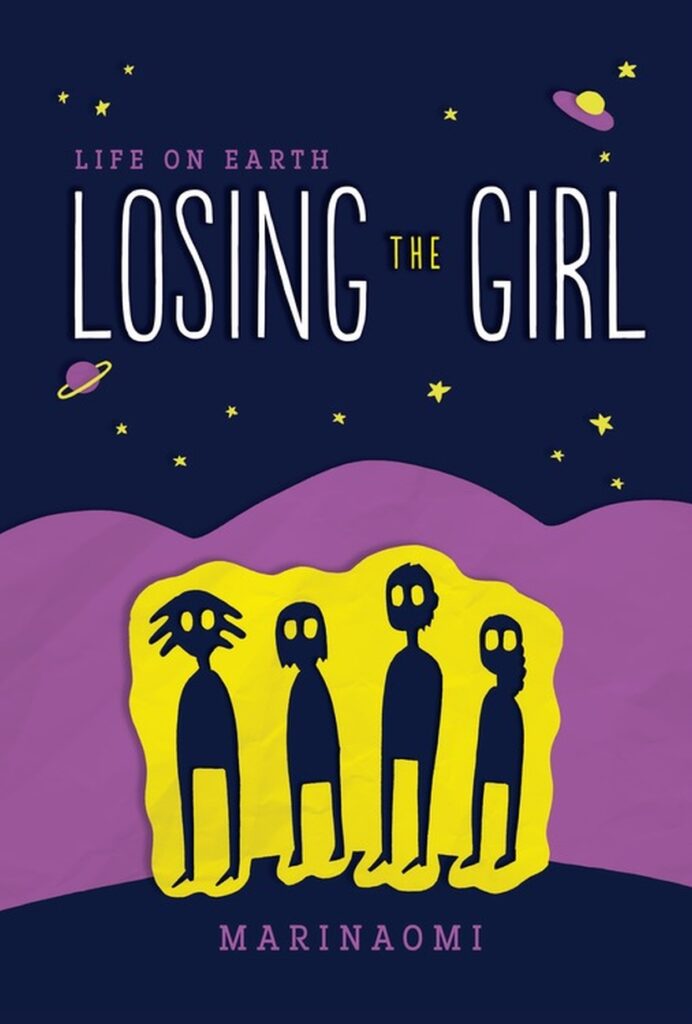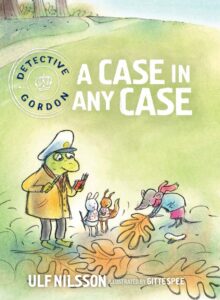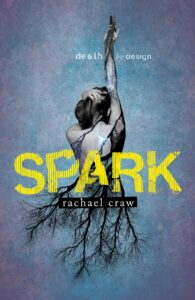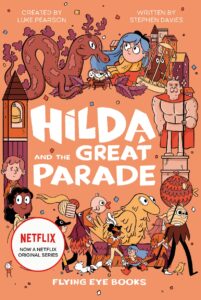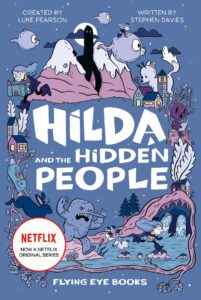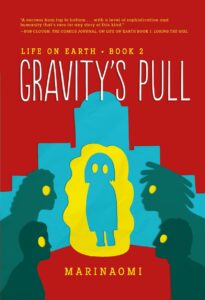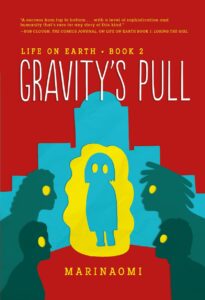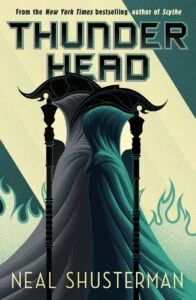Life on Earth 1: Losing the Girl
The next step forward in graphic novels for young adults. Critically acclaimed graphic memoirist MariNaomi turns to YA fiction and creates a bold, compassionate, and sci-fi-tinged trilogy.
High school math prodigy Claudia Jones is missing. Her classmates share rumours of an alien abduction—when they're not struggling with early romances, fraying friendships, and the other challenges of young adulthood. Emily's trying to handle a life-changing surprise. Paula's hoping to step out of Emily's shadow. Nigel just wants a girl who will laugh at his jokes. And Brett hardly lets himself get close to anybody. Different chapters focus on different characters, each with a unique visual approach.
In Losing the Girl Eisner-nominated cartoonist MariNaomi looks at life through the eyes of four suburban teenagers: early romance, fraying friendships, and the traces of a mysterious—maybe otherworldly—disappearance.
Creators
MariNaomi is the award-winning author and illustrator of four comic memoirs including Dragon's Breath and Turning Japanese. Losing the Girl is her first praphic novel and her first foray into fiction that (possibly) involves alien life forms. She's also the creator of the Cartoonists of Colour database. She lives in California with her husband and many cats and dogs. Visit her website at marinaomi.com
Reviews
Losing the Girl is a sparkling and complex novel with its feet on the ground and its eyes on the stars. MariNaomi shows great empathy for her characters, even as she refuses to sugarcoat the complexity of being a teen. Highly recommended!
MariNaomi authentically captures the angst, vulnerability, and longing of the teenage soul through not just one but four unique and distinct voices.
In her graphic novel debut, MariNaomi practices various forms of minimalism, abstracting details until readers are left with the mere essences of the characters as they interact. MariNaomi’s artwork is anything but typical; as the book shifts among the characters’ viewpoints, so too does the artistic style. Nigel’s story uses grayscale coloring and thin lines, Emily’s features thick linework and black-and-white coloring, Brett’s monochromatic watercolor, and Paula’s cross-hatching. Spread throughout, these creative artistic effects amplify the tension and awkward emotions, transforming a familiar story of young love into something memorable and new.
Publishers Weekly
